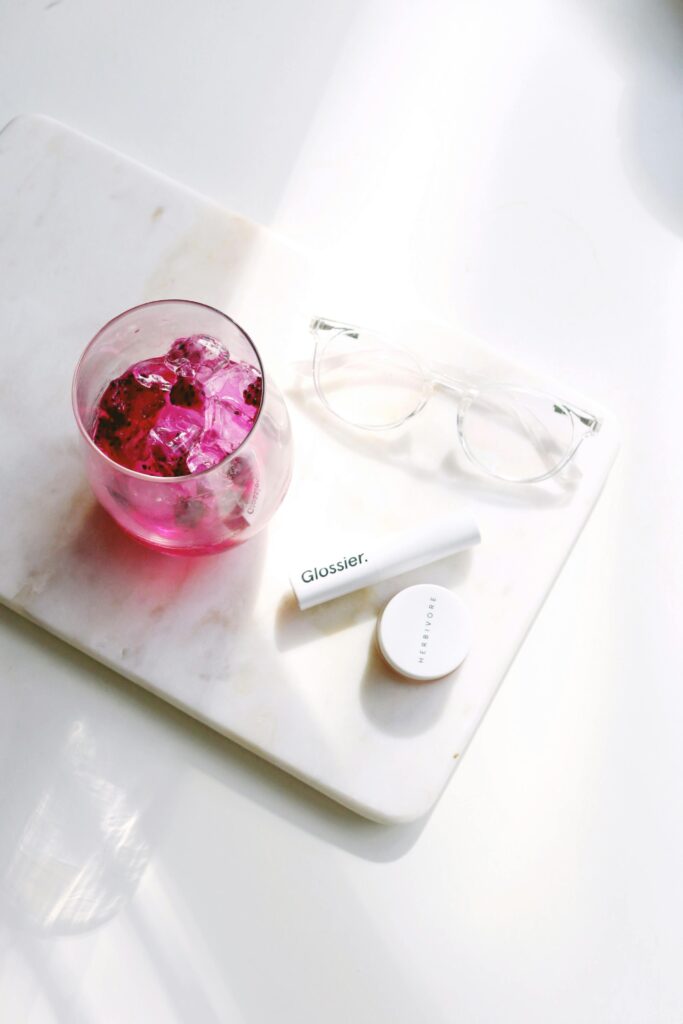How to Make Nixie Tubes
Introduction
Hey there! Have you ever wondered how those mesmerizing Nixie tubes are made? If so, you’ve come to the right place. In this article, we’re going to dive into the fascinating world of Nixie tubes, exploring how these vintage-looking, yet futuristic electronic components are created. Get ready to be amazed!
What are Nixie Tubes?
Before we get into how Nixie tubes are made, let’s quickly cover what exactly Nixie tubes are. Nixie tubes are gas-discharge tubes that contain a wire mesh anode and multiple cathodes in the shape of numerals or other symbols. When a current passes through a cathode, it illuminates the corresponding numeral or symbol with a warm, orange glow. Nixie tubes were commonly used in electronic devices in the mid-20th century for displaying numbers, such as in calculators, multimeters, and frequency counters.

Materials Needed
To craft your very own Nixie tube, you’ll need a few essential materials. Here’s a list of the materials you’ll need to get started:
- Glass tubing
- Numerals or symbols made of wire
- Neon gas
- A power source
- Soldering equipment
- Electrical insulation materials
Glass Tubing
The first step in making a Nixie tube involves working with glass tubing. The glass tubing used for Nixie tubes is typically borosilicate glass, known for its high resistance to heat and chemicals. Borosilicate glass is capable of withstanding the high temperatures required for the production and operation of Nixie tubes. The glass tubing is shaped and sealed to create a vacuum inside, ensuring optimal performance of the Nixie tube.

Wire Numerals or Symbols
To create the unique and aesthetically pleasing numerals or symbols in Nixie tubes, wire is used. The wire is bent into the desired shapes to represent numbers 0-9 or other symbols. These wire numerals or symbols are carefully positioned inside the glass tubing to correspond with the cathodes. The wire acts as the cathode and emits light when a current passes through it, displaying the desired numeral or symbol.
Neon Gas
One of the key components of a Nixie tube is the neon gas contained within the sealed glass tubing. When a high voltage is applied to the cathode wire immersed in the neon gas, the gas becomes ionized and emits a distinctive orange glow. The unique color and brightness of the glow make Nixie tubes visually captivating and appealing. The neon gas used in Nixie tubes is carefully sealed inside the glass tubing to ensure longevity and optimal performance.

Power Source
To power a Nixie tube and achieve the glowing effect, a suitable power source is required. The high voltage needed to ionize the neon gas and illuminate the cathode wires is typically provided by a transformer or other power supply. The power source converts standard electrical voltage into the high voltage needed to operate the Nixie tube. It’s essential to ensure that the power source is compatible with the specific requirements of the Nixie tube to prevent damage and achieve optimal performance.
Soldering Equipment
To assemble the various components of a Nixie tube, soldering equipment is essential. Soldering is the process of joining together metal components using a molten metal alloy, typically composed of tin and lead. Soldering equipment such as a soldering iron and solder wire is used to securely connect the cathode wires, anode mesh, and other components within the glass tubing. Proper soldering techniques are crucial to ensure a reliable and robust connection that can withstand the high temperatures and electrical currents encountered during operation.
Assembly Process
Once you have gathered all the necessary materials and equipment, it’s time to start assembling your Nixie tube. The assembly process involves carefully positioning the wire numerals or symbols, anode mesh, and other components inside the glass tubing. Special care must be taken to ensure that the components are aligned correctly and securely connected with proper soldering. The glass tubing is then sealed to create a vacuum environment, and the neon gas is introduced and sealed inside the tube. Finally, the power source is connected, and the Nixie tube is ready to light up with its distinct orange glow.
Testing and Quality Control
After assembling your Nixie tube, it’s essential to perform thorough testing and quality control checks to ensure that it functions correctly and meets the desired specifications. Testing involves applying the power source to the Nixie tube and verifying that each numeral or symbol displays correctly and consistently. Additionally, the brightness and uniformity of the glow emitted by the Nixie tube should be confirmed. Any defects or inconsistencies in the display should be addressed and corrected before finalizing the production of the Nixie tube.
Applications of Nixie Tubes
Nixie tubes have found a new life beyond their original applications in vintage electronic devices. Today, Nixie tubes are popular among DIY enthusiasts, makers, and artists for creating unique and eye-catching projects. From retro-inspired clocks and temperature displays to custom nameplates and decorative lighting, Nixie tubes offer a nostalgic yet modern touch to various creations. The warm, orange glow of Nixie tubes adds a touch of elegance and sophistication to any project, making them a favorite choice for those seeking to combine vintage aesthetics with modern technology.
Conclusion
Congratulations, you now have a better understanding of how Nixie tubes are made and the intricate process involved in creating these captivating electronic components. Whether you’re looking to craft your own Nixie tubes or simply appreciate the artistry and craftsmanship behind their creation, the world of Nixie tubes is sure to spark your curiosity and imagination. So why not try your hand at making your very own Nixie tube and illuminate your world with a touch of vintage charm? Happy crafting!

